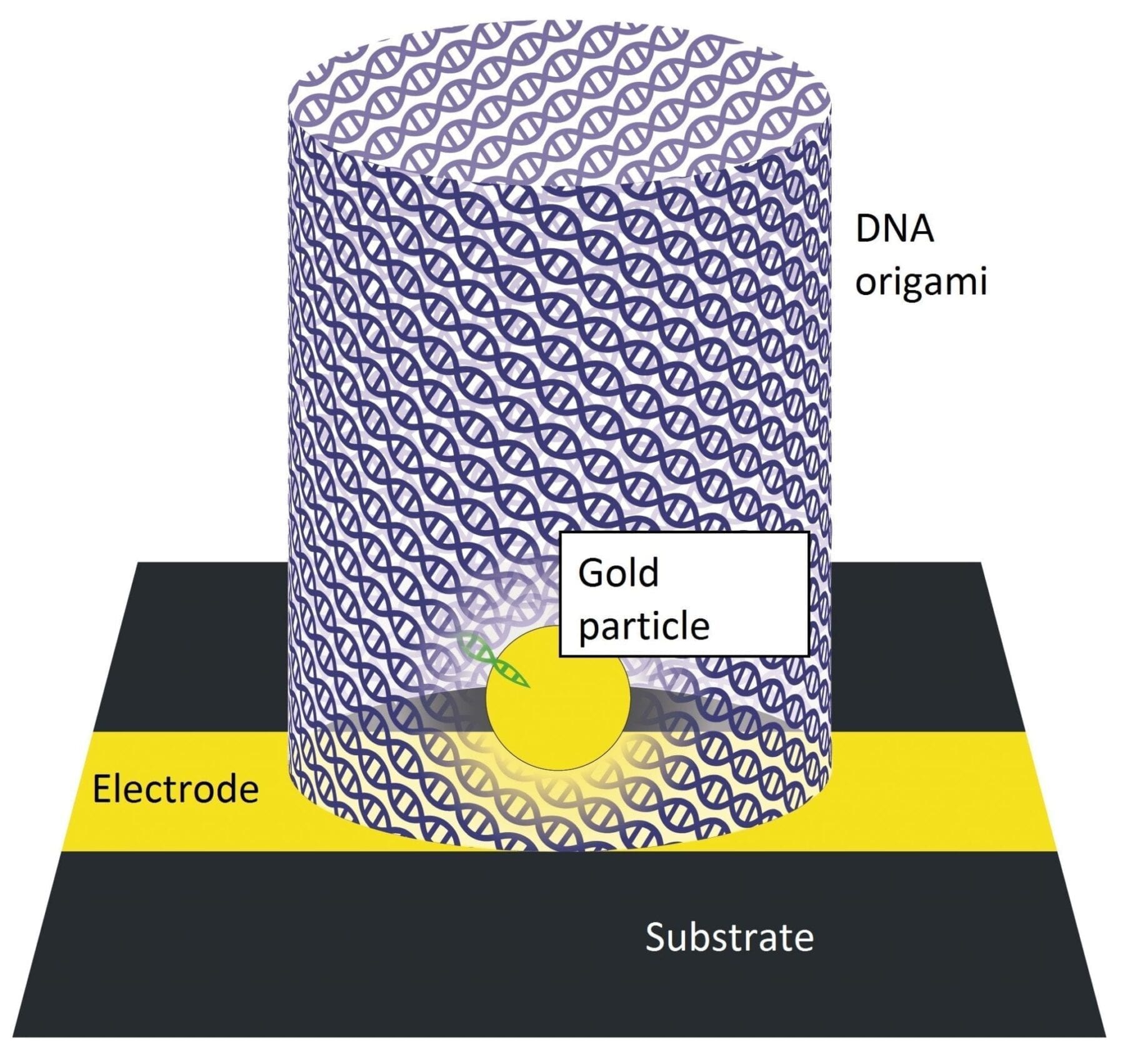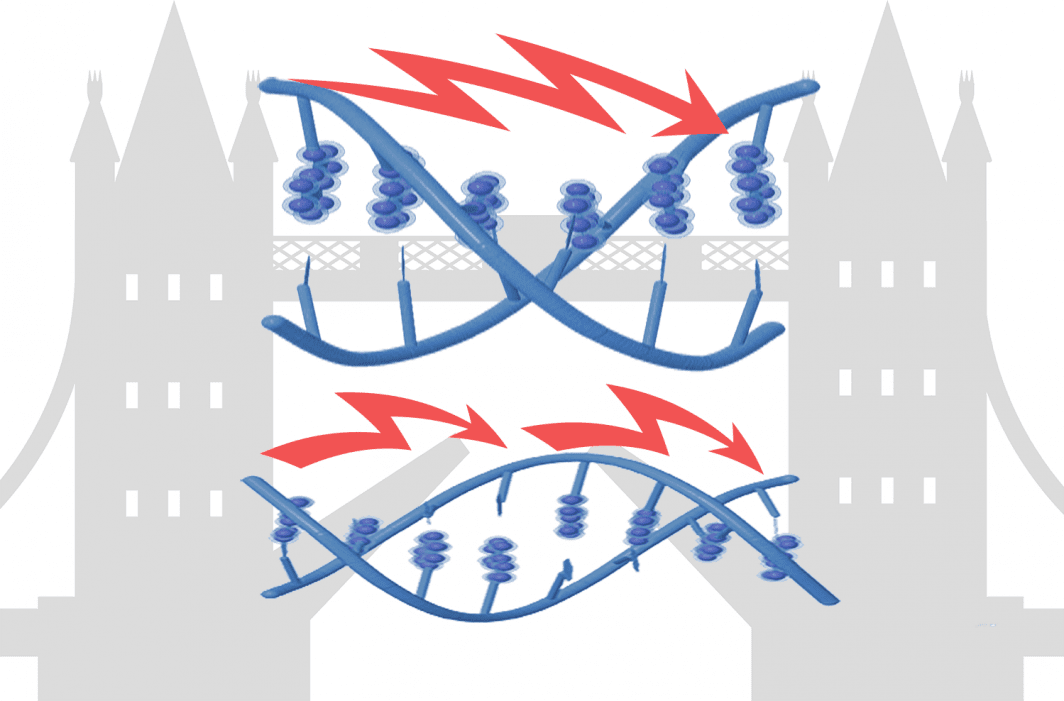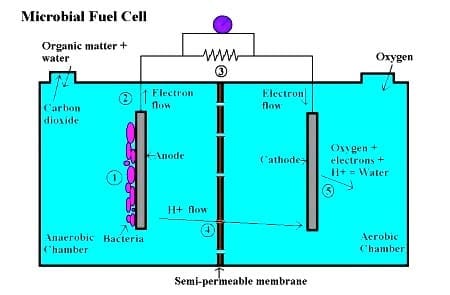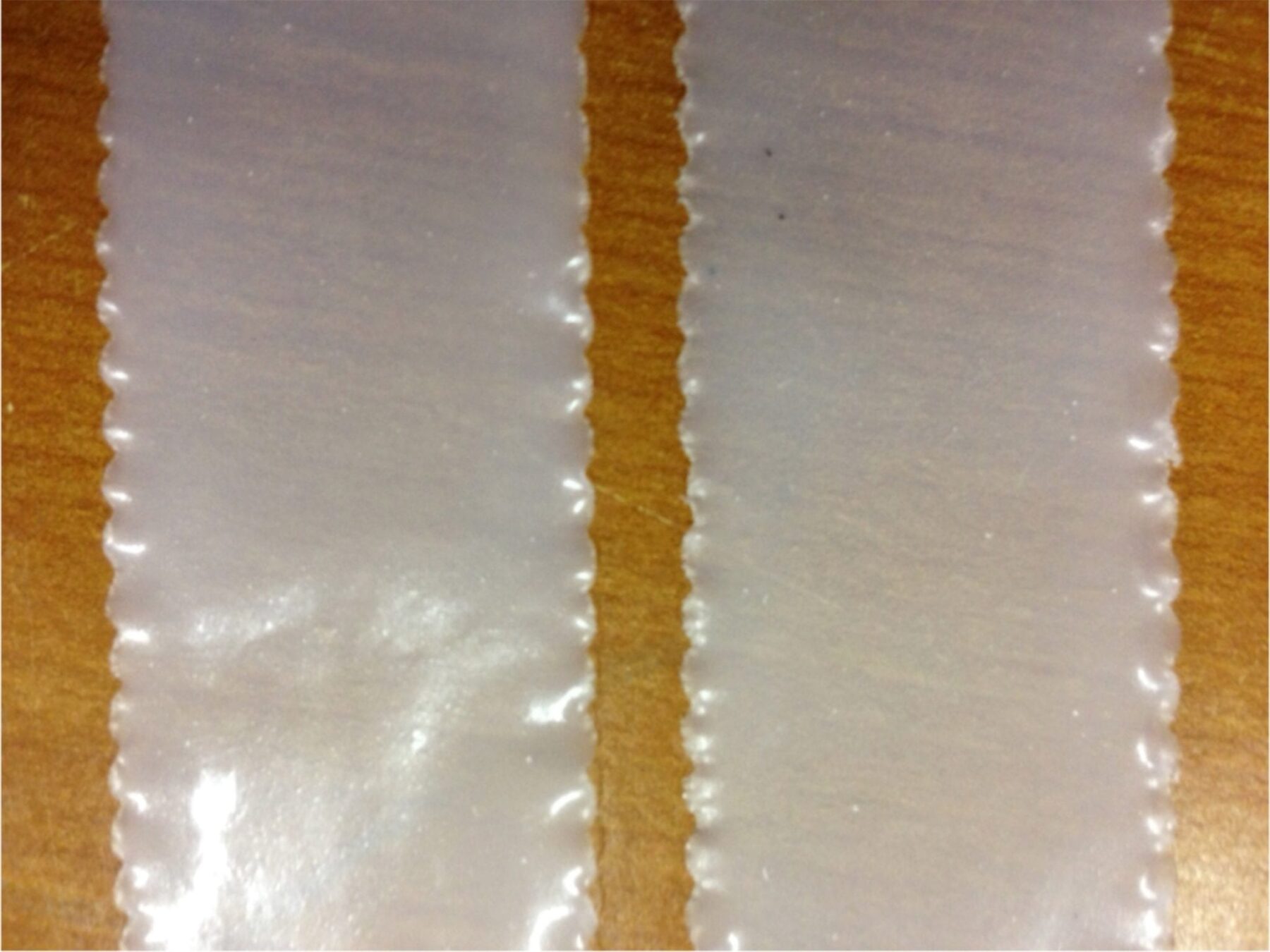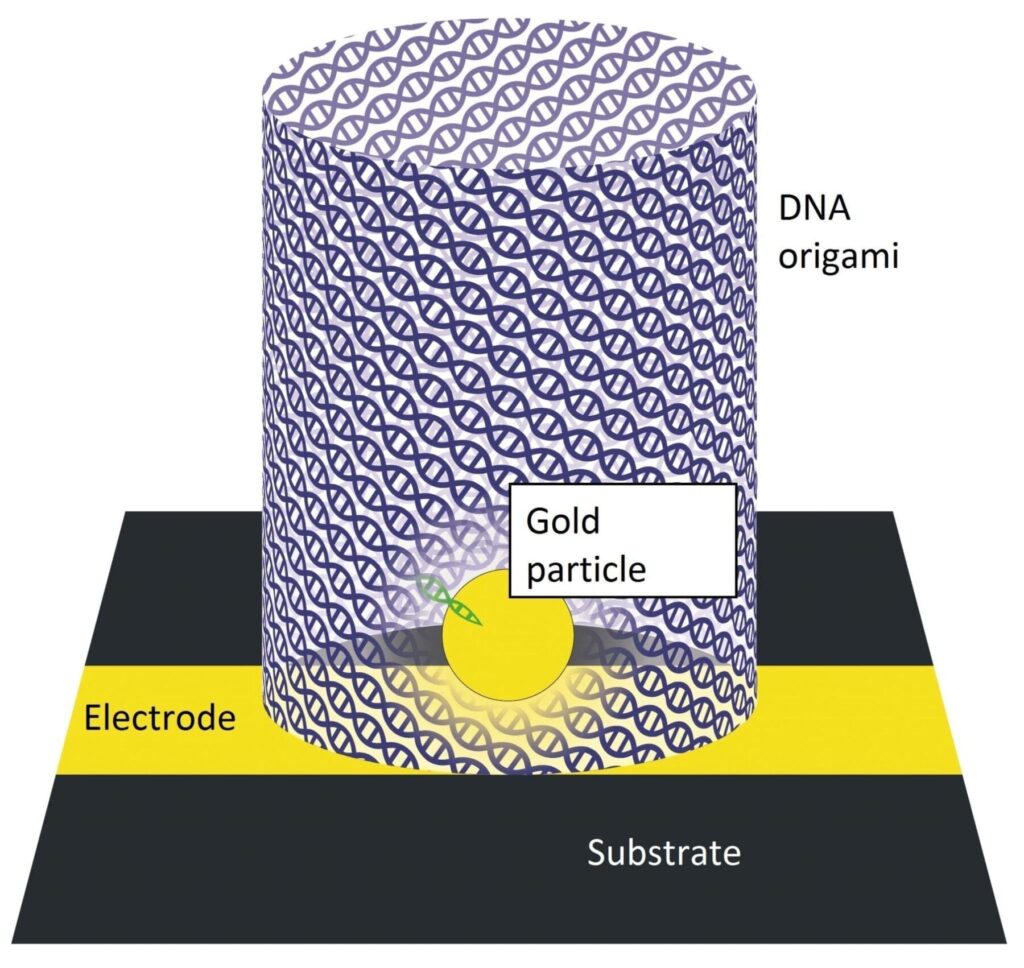
Credit: Zoie Young, Kenny Lee and Adam Woolley
Electronics manufacturers constantly hunt for ways to make faster, cheaper computer chips, often by cutting production costs or by shrinking component sizes. Now, researchers report that DNA, the genetic material of life, might help accomplish this goal when it is formed into specific shapes through a process reminiscent of the ancient art of paper folding.
The researchers present their work at the 251st National Meeting & Exposition of the American Chemical Society (ACS). ACS, the world’s largest scientific society, is holding the meeting here through Thursday. It features more than 12,500 presentations on a wide range of science topics.
“We would like to use DNA’s very small size, base-pairing capabilities and ability to self-assemble, and direct it to make nanoscale structures that could be used for electronics,” Adam T. Woolley, Ph.D., says. He explains that the smallest features on chips currently produced by electronics manufacturers are 14 nanometers wide. That’s more than 10 times larger than the diameter of single-stranded DNA, meaning that this genetic material could form the basis for smaller-scale chips.
“The problem, however, is that DNA does not conduct electricity very well,” he says. “So we use the DNA as a scaffold and then assemble other materials on the DNA to form electronics.”
To design computer chips similar in function to those that Silicon Valley churns out, Woolley, in collaboration with Robert C. Davis, Ph.D., and John N. Harb, Ph.D., at Brigham Young University, is building on other groups’ prior work on DNA origami and DNA nanofabrication.
The most familiar form of DNA is a double helix, which consists of two single strands of DNA. Complementary bases on each strand pair up to connect the two strands, much like rungs on a twisted ladder. But to create a DNA origami structure, researchers begin with a long single strand of DNA. The strand is flexible and floppy, somewhat like a shoelace. Scientists then mix it with many other short strands of DNA — known as “staples” — that use base pairing to pull together and crosslink multiple, specific segments of the long strand to form a desired shape.
However, Woolley’s team isn’t content with merely replicating the flat shapes typically used in traditional two-dimensional circuits. “With two dimensions, you are limited in the density of components you can place on a chip,” Woolley explains. “If you can access the third dimension, you can pack in a lot more components.”
Kenneth Lee, an undergraduate who works with Woolley, has built a 3-D, tube-shaped DNA origami structure that sticks up like a smokestack from substrates, such as silicon, that will form the bottom layer of their chip. Lee has been experimenting with attaching additional short strands of DNA to fasten other components such as nano-sized gold particles at specific sites on the inside of the tube. The researchers’ ultimate goal is to place such tubes, and other DNA origami structures, at particular sites on the substrate. The team would also link the structures’ gold nanoparticles with semiconductor nanowires to form a circuit. In essence, the DNA structures serve as girders on which to build an integrated circuit.
Lee is currently testing the characteristics of the tubular DNA. He plans to attach additional components inside the tube, with the eventual aim of forming a semiconductor.
Woolley notes that a conventional chip fabrication facility costs more than $1 billion, in part because the equipment necessary to achieve the minuscule dimensions of chip components is expensive and because the multi-step manufacturing process requires hundreds of instruments.
In contrast, a facility that harnesses DNA’s knack for self-assembly would likely entail much lower start-up funding, he states. “Nature works on a large scale, and it is really good at assembling things reliably and efficiently,” he says. “If that could be applied in making circuits for computers, there’s potential for huge cost savings.”
Learn more: DNA ‘origami’ could help build faster, cheaper computer chips
The Latest on: Nanoscale electronics
[google_news title=”” keyword=”nanoscale electronics” num_posts=”10″ blurb_length=”0″ show_thumb=”left”]
via Google News
The Latest on: Nanoscale electronics
- Georgia Tech group create world’s first graphene-based semiconductoron April 26, 2024 at 10:13 am
A group of researchers at the Georgia Institute of Technology (Georgia Tech) have created the world’s first functional semiconductor made from graphene, a development that could lead to advanced ...
- Automotive Electronicson April 23, 2024 at 5:00 pm
Recom has created a chassis-mount isolated dc-dc converter for nominal battery voltages from 24 to 90V. Called RMOD360-UW, it can deliver full power continuously with inputs between 27 and 106V, as ...
- Atom-by-atom: Imaging structural transformations in 2D materialson April 17, 2024 at 2:36 pm
Silicon-based electronics are approaching their physical limitations and new materials are needed to keep up with current technological demands. Two-dimensional (2D) materials have a rich array of ...
- Atom-by-atom: Imaging structural transformations in 2D materialson April 16, 2024 at 5:01 pm
Silicon-based electronics are approaching their physical ... in turn, affects both its nanoscale and microscopic behavior." The structure and properties of 2D multilayers are often highly ...
- Single-Molecule Transistor Using Quantum Interferenceon April 16, 2024 at 2:35 pm
A new technical paper titled “Quantum interference enhances the performance of single-molecule transistors” was published by researchers at Queen Mary University of London, University of Oxford, ...
- Quantum electronics: Charge travels like light in bilayer grapheneon April 16, 2024 at 11:13 am
An international research team has demonstrated experimentally that electrons in naturally occurring double-layer graphene move like particles without any mass, in the same way that light travels.
- How do you dispose of old electronics and wires?on April 11, 2024 at 8:25 pm
So how should you dispose of e-waste? It's easy for electronics to pile up but at Repowered in St. Paul, they're breaking even bigger piles down. "They're looking for things were can reuse ...
- Tongfang Guoxin Electronicson April 3, 2024 at 5:00 pm
Tongfang Guoxin Electronics Co., Ltd. is engaged in the electronic components industry. It focuses on resonator, oscillator and capacitor. Its business scope includes manufacturing and sales of ...
- Molecular Electronics: Building Circuits at the Nanoscaleon April 3, 2024 at 2:36 pm
Molecular electronics is a branch of nanotechnology that focuses on using individual molecules or nanoscale molecular structures as electronic components to create miniaturized circuits and devices.
via Bing News







